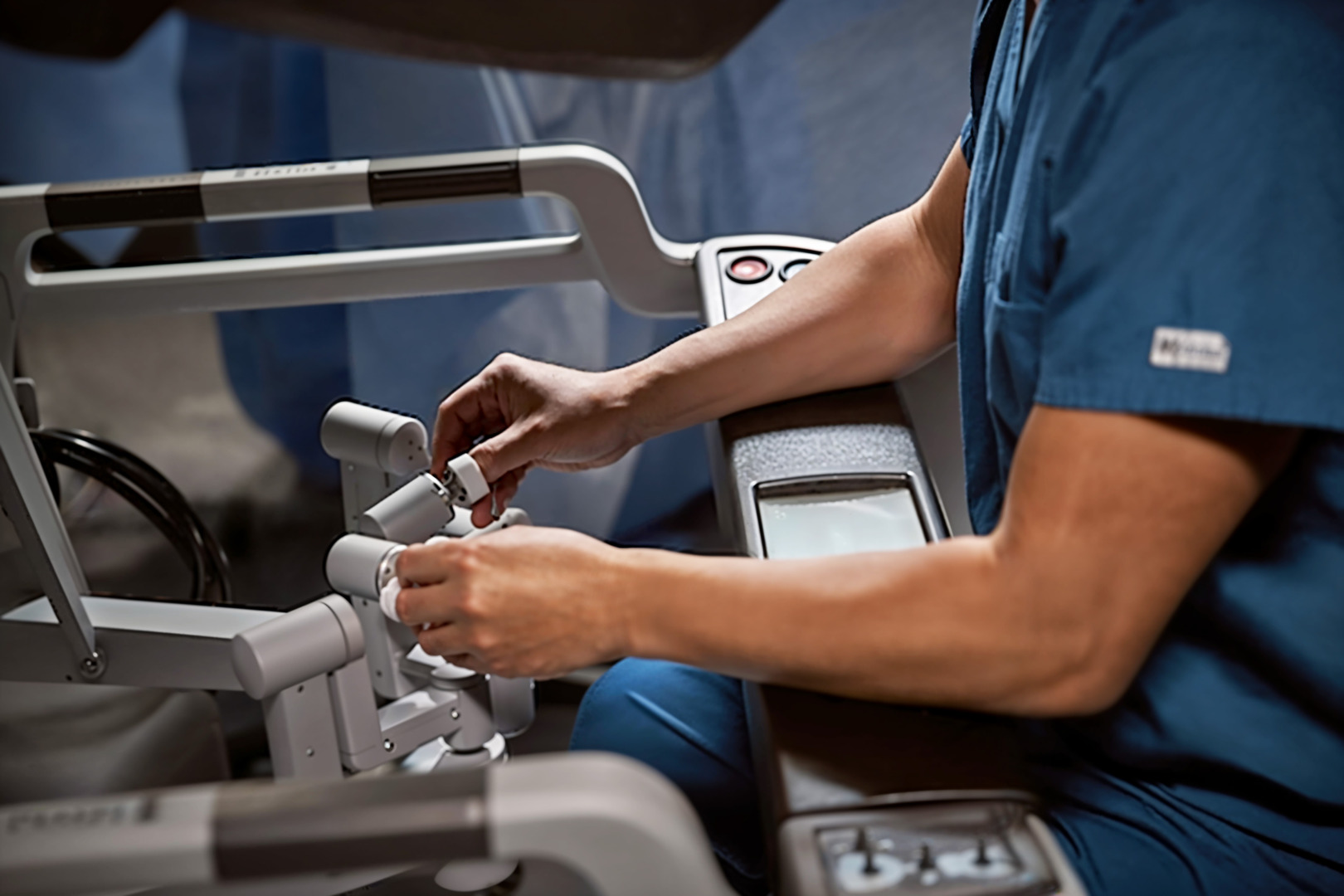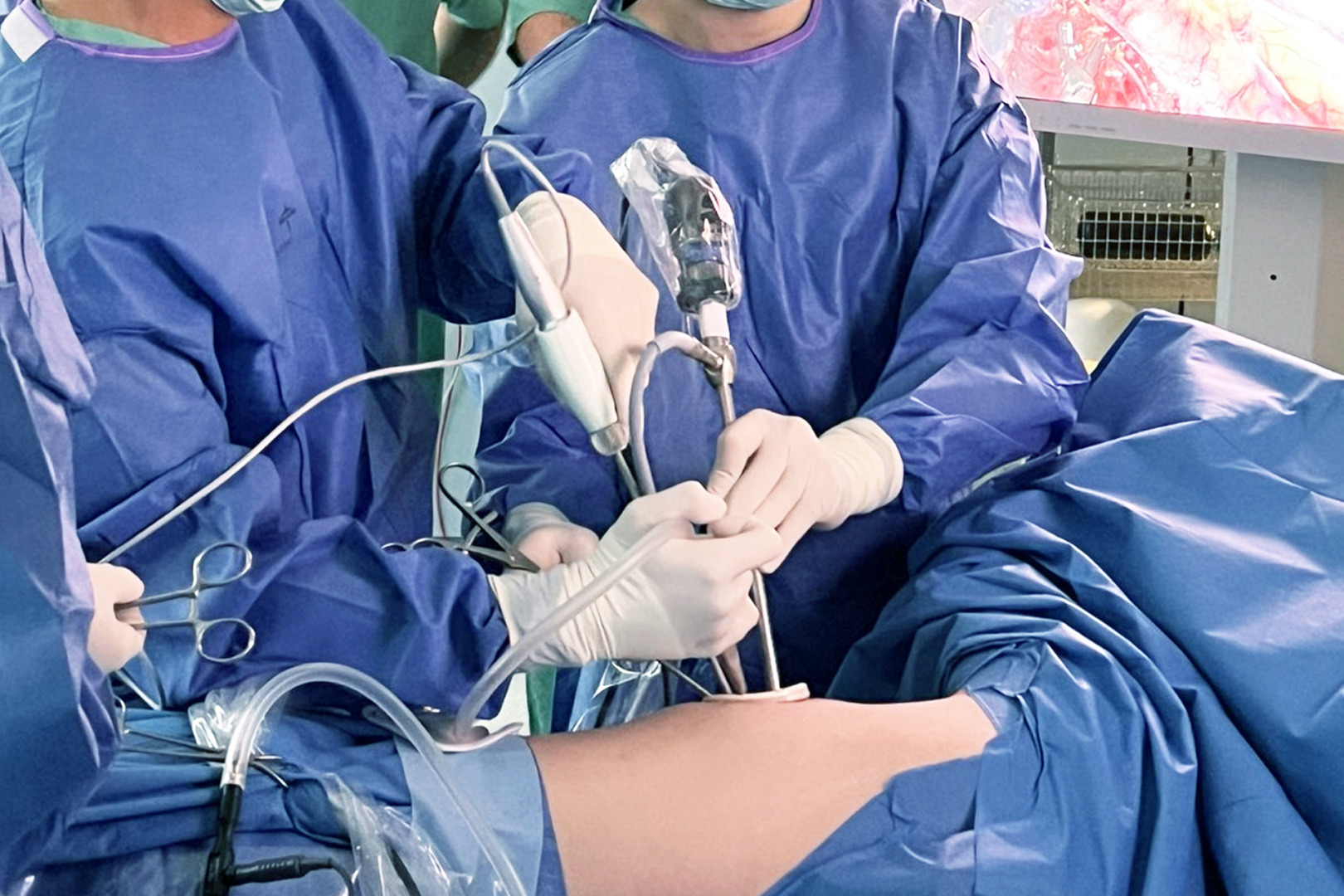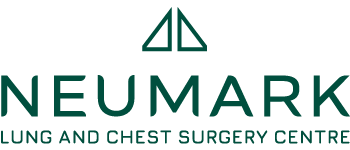Understanding early-stage lung cancer
Early-stage lung cancer typically refers to Stages I and II, where the tumour is localised to the lung and hasn’t spread to distant parts of the body. In these stages, the tumour is usually small and confined, making treatment more effective.
The encouraging news is that early-stage lung cancer is often considered curable. When detected and treated promptly, many patients with early-stage lung cancer can achieve long-term survival and even be considered cancer-free. However, it’s important to understand that “cure” in cancer terms often means living cancer-free for a certain period, typically five years or more after treatment.
The curability rate for early-stage lung cancer varies depending on several factors:
- The exact stage of the cancer
- The type of lung cancer (non-small cell or small cell)
- The patient’s overall health and lung function
- The specific treatment approach used
For Stage I non-small cell lung cancer, five-year survival rates can be as high as 60-80%. This means that 60-80% of patients diagnosed with Stage I lung cancer are alive five years after their diagnosis. For Stage II, the rates are slightly lower but still encouraging, ranging from 30-50%.
Minimally invasive treatment options for early-stage lung cancer
The primary treatment for early-stage lung cancer is usually surgery to remove the tumour. This may be followed by chemotherapy or radiation therapy in some cases. The goal of surgery is to remove all of the cancer, which offers the best chance for a cure.
In recent years, minimally invasive surgical techniques have revolutionised lung cancer treatment, offering patients less invasive options with quicker recovery times. Robotic-Assisted Thoracic Surgery (RATS) and Uniportal Video-Assisted Thoracic Surgery (U-VATS) are two techniques.
Robotic-Assisted Thoracic Surgery (RATS)
Robotic-Assisted Thoracic Surgery (RATS) is an advanced surgical technique that combines minimally invasive surgery principles with cutting-edge robotic technology.

In RATS, the surgeon operates using a console that controls robotic arms holding specialised surgical instruments and a high-definition 3D camera. This system translates the surgeon’s hand movements into smaller, more precise movements inside the patient’s chest, allowing for extremely detailed visualisation and the ability to perform complex procedures that might be challenging with traditional techniques.
RATS typically requires only a few small incisions, resulting in less pain and faster recovery compared to traditional open thoracic surgery. The benefits for patients include smaller incisions with less scarring, reduced pain and need for pain medication, shorter hospital stays, quicker return to normal activities, and potentially more complete cancer removal due to enhanced precision.
Uniportal Video-Assisted Thoracic Surgery (U-VATS)
Uniportal Video-Assisted Thoracic Surgery (U-VATS) is another minimally invasive technique that has recently gained popularity. Unlike traditional VATS, which uses multiple small incisions, U-VATS is performed through a single, small incision, usually 3-5 cm in length.

The surgeon operates while viewing a high-definition video screen, which displays images captured by a small camera inserted through the incision. Long, curved instruments reach different areas of the chest cavity through this single incision. This single-incision approach results in less trauma to the chest wall compared to multi-port VATS. The benefits of U-VATS for patients include minimal scarring (single small scar), reduced postoperative pain, shorter hospital stay, faster recovery and return to normal activities, and improved cosmetic outcomes.
Making Your Decision
RATS and U-VATS offer significant advantages over traditional open thoracic surgery for suitable candidates. However, it’s important to note that not all patients or tumours are appropriate for these techniques. The choice between RATS, U-VATS, or traditional surgery depends on various factors, including the size and location of the tumour, the patient’s overall health, and the surgeon’s expertise.
When considering your treatment options, having an open and honest discussion with your healthcare team is crucial. They can provide personalised advice based on your specific situation. Feel free to ask questions about the benefits and risks of each approach, the surgeon’s experience with these techniques, and what you can expect during recovery.
Remember, while these minimally invasive techniques offer many benefits, the most important factor is complete cancer removal. Sometimes, your surgeon may need to convert to a traditional open thoracic surgery during the procedure to ensure the best outcome.
Living with Early Stage Lung Cancer
A diagnosis of early-stage lung cancer, while scary, often comes with a hopeful prognosis. Many patients go on to live cancer-free lives years after treatment. However, it’s important to maintain regular follow-up appointments with your healthcare team and adopt a healthy lifestyle to support your overall health and reduce the risk of cancer recurrence.

Early-stage lung cancer is often curable, especially when treated promptly with appropriate methods. Innovative surgical techniques like RATS and U-VATS have expanded the treatment options, offering less invasive approaches with excellent outcomes for many patients. By working closely with your healthcare team and staying informed about your options, you can make the best decision for your health and take an active role in your cancer treatment journey.
Schedule an appointment today with Dr Harish Mithiran, director of Neumark Lung & Chest Surgery Centre and senior consulting thoracic surgeon at Gleneagles and Mount Alvernia Hospitals in Singapore.

